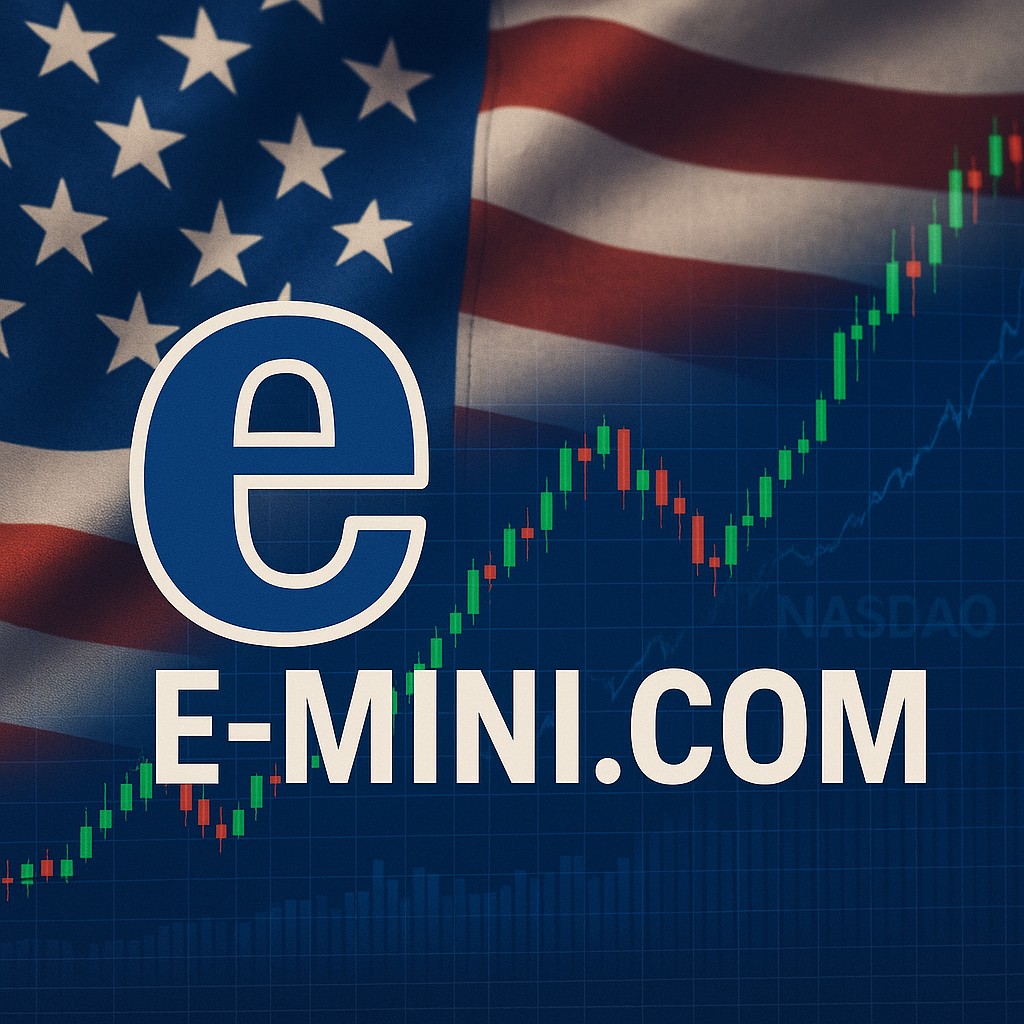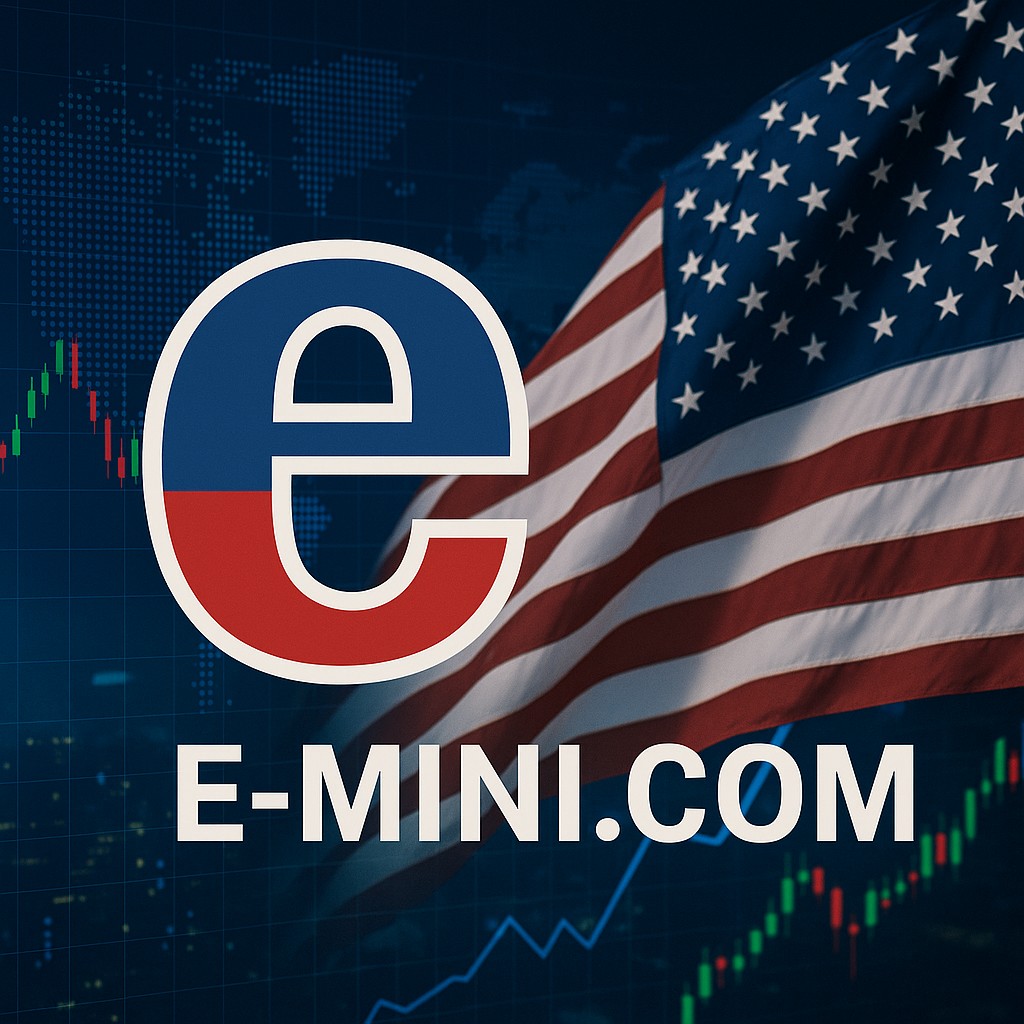Mini Futures, also known as E Mini Futures, are a dynamic and versatile financial instrument that has gained significant popularity among traders and investors in recent years. These contracts provide a unique way to engage with the financial markets, offering several advantages that make them a valuable tool for traders and investors alike. We will explore the world of Mini Futures, the types of contracts they encompass, and how they can be used for trading and hedging strategies.

Mini Futures: An Overview
Mini Futures are a category of futures contracts designed to offer traders a more accessible and manageable way to participate in the futures market. They share many similarities with traditional futures contracts but come with a reduced contract size, making them an attractive option for a broader range of market participants.
The term “Mini Futures” is often used interchangeably with “E Mini Futures,” but it’s important to note that E Mini Futures are a specific subset of Mini Futures. E Mini Futures are electronic futures contracts, while Mini Futures can encompass both electronic and traditional futures contracts with smaller contract sizes.
Types of Mini Futures Contracts
Mini Futures contracts cover a wide range of underlying assets, catering to various trading strategies and preferences. Here are some of the most commonly traded types of Mini Futures contracts:
- E Mini S&P 500 Futures: These contracts are based on the S&P 500 index and are one of the most popular Mini Futures contracts. Traders use them to speculate on the future direction of the U.S. stock market.
- E Mini NASDAQ 100 Futures: These contracts are tied to the NASDAQ 100 index, which includes some of the largest technology companies. Traders often use them to gain exposure to the tech sector.
- E Mini Dow Futures: These Mini Futures contracts are linked to the Dow Jones Industrial Average, providing exposure to the 30 major U.S. companies. They are commonly used for trading and hedging purposes.
- Mini Crude Oil Futures: Mini Futures contracts based on crude oil prices allow traders to speculate on oil price movements. They provide a way to participate in the energy market without the need for large capital.
- Mini Gold Futures: These contracts track the price of gold, offering a way to trade this precious metal without having to handle physical gold. They are popular among traders seeking safe-haven assets.
- Mini Euro Futures: Mini Futures contracts on the Euro currency can be used by forex traders and investors to speculate on the exchange rate between the Euro and the U.S. dollar.
- Mini Treasury Futures: These contracts are linked to U.S. Treasury securities and can be used for hedging interest rate risk or speculating on changes in interest rates.
Mini Futures Trading
Trading on Mini Futures provides traders with several advantages:
- Accessibility: Mini Futures contracts are smaller in size compared to standard futures contracts, making them accessible to traders with limited capital.
- Liquidity: Many Mini Futures contracts are highly liquid, with active trading volumes. This liquidity ensures that traders can easily enter and exit positions without significant price slippage.
- Diversification: Mini Futures allow traders to diversify their portfolios by gaining exposure to various asset classes, including equities, commodities, and currencies.
- Risk Management: Traders can use Mini Futures for hedging purposes, helping to mitigate risk in their investment portfolios. For example, an investor holding a portfolio of stocks may use Mini S&P 500 Futures to hedge against a potential market downturn.
Hedging with Mini Futures
Hedging with Mini Futures involves using these contracts to offset potential losses in another investment. Here’s how it works:
Suppose an investor holds a portfolio of stocks and is concerned about a market downturn. To protect against this risk, the investor can short (sell) Mini S&P 500 Futures contracts. If the stock portfolio decreases in value, the gains from the short Mini S&P 500 Futures position can offset the losses in the portfolio, providing a level of protection.
On the other hand, if the stock portfolio increases in value, the losses in the short Mini S&P 500 Futures position can be considered a cost of insurance, similar to paying a premium for an insurance policy.
In this way, Mini Futures contracts can be a valuable tool for managing risk and protecting investment portfolios from adverse market movements.
In conclusion, Mini Futures encompass a diverse range of futures contracts with smaller sizes, making them accessible to a wide range of traders and investors. Whether you’re interested in speculating on market movements or hedging against potential risks, Mini Futures offer a versatile and effective solution. With the ability to trade on Mini Futures and use them for hedging purposes, traders and investors have a valuable tool at their disposal to navigate the ever-changing financial markets with confidence.
Ready to start trading futures? Call US 1(800)454-9572 – Int’l (310)859-9572 email info@e-mini.com and speak to one of our experienced, Series-3 licensed futures brokers and start your futures trading journey with E-Mini.com today.
Disclaimer – Trading Futures, Options on Futures, and retail off-exchange foreign currency transactions involves substantial risk of loss and is not suitable for all investors. Past performance is not indicative of future results. You should carefully consider whether trading is suitable for you in light of your circumstances, knowledge, and financial resources. You may lose all or more of your initial investment. Opinions, market data, and recommendations are subject to change at any time.
**This article has been generated with the help of AI Technology. It has been modified from the original draft for accuracy and compliance reasons.
***@cannontrading on all socials.




